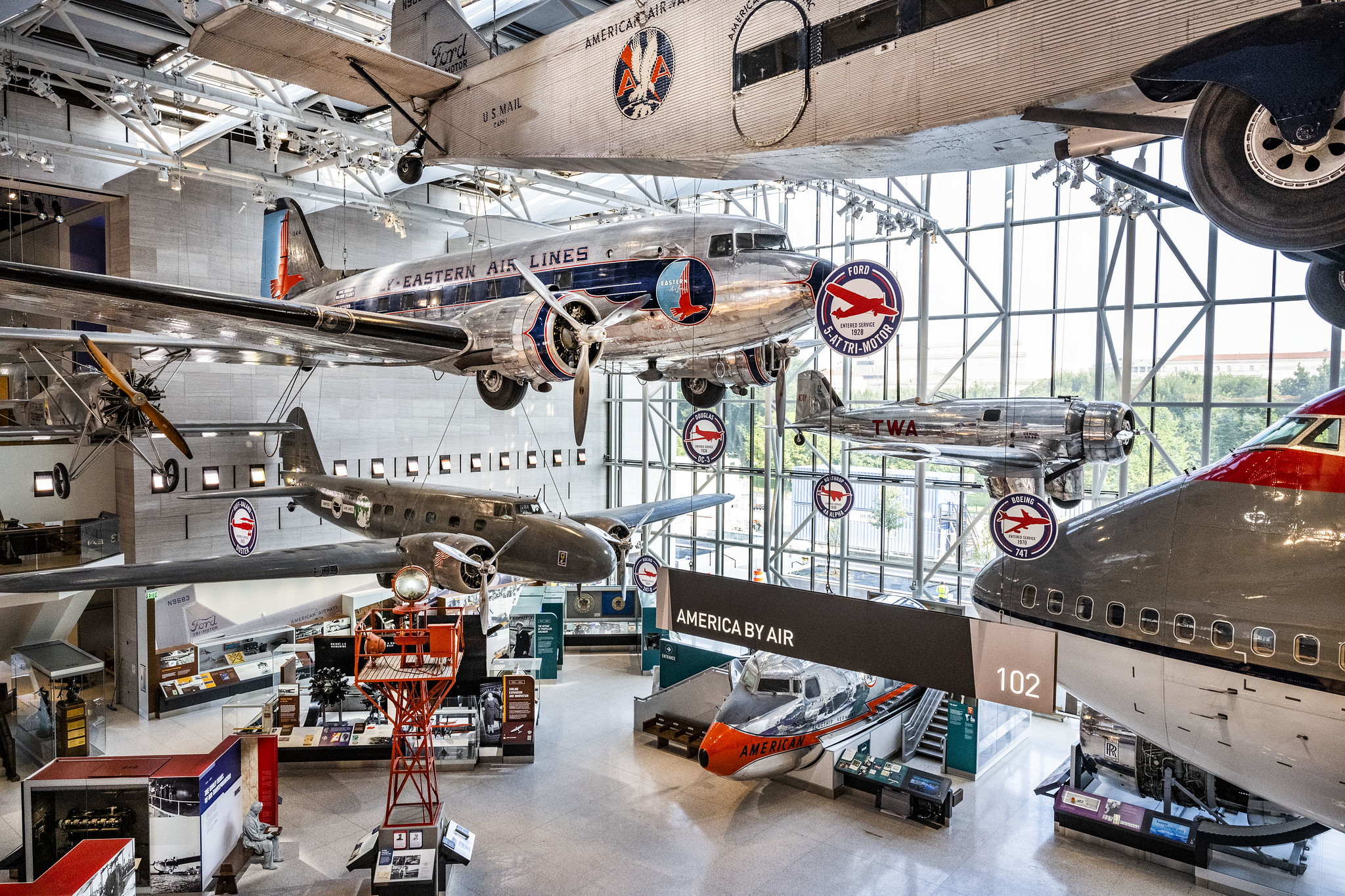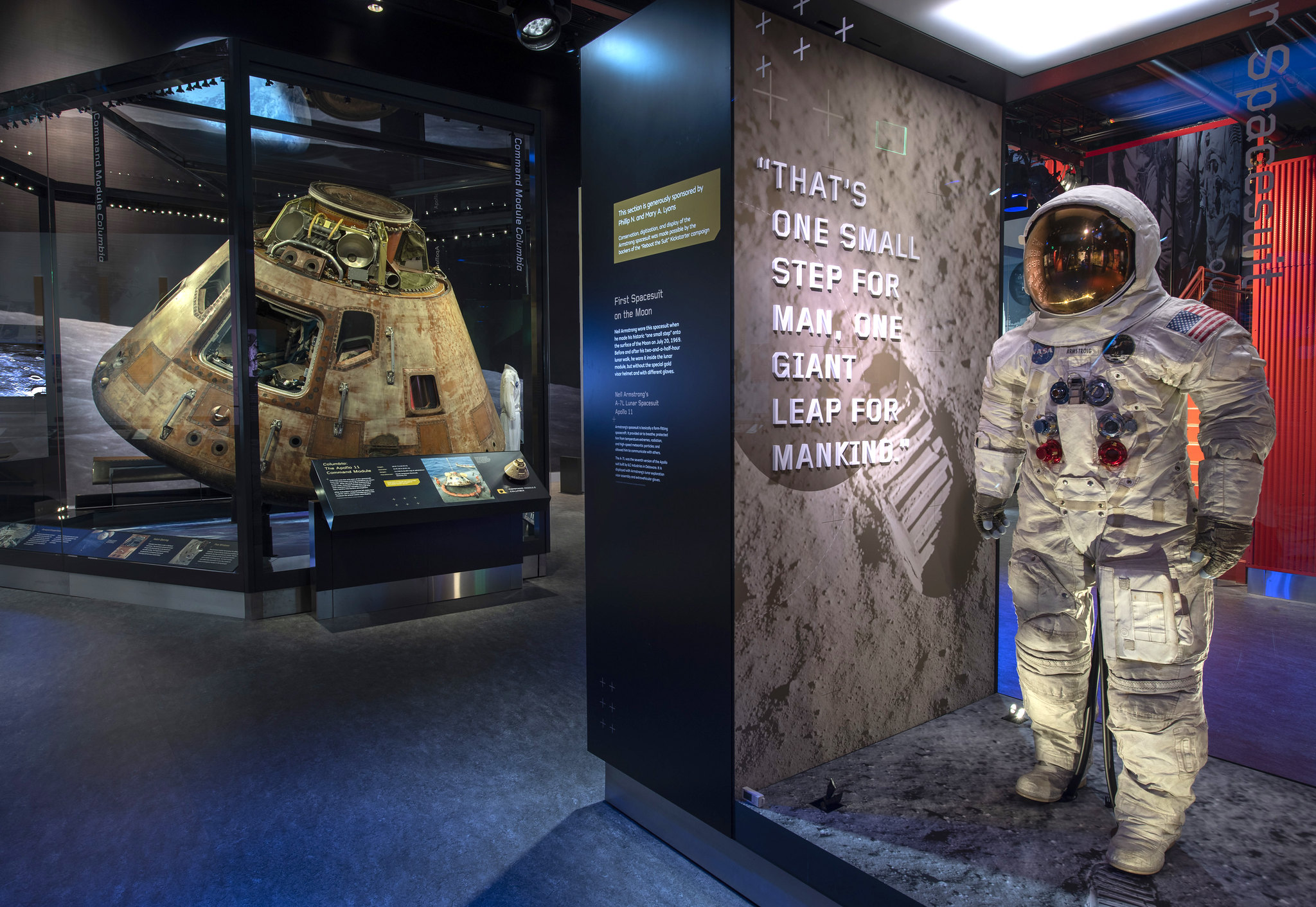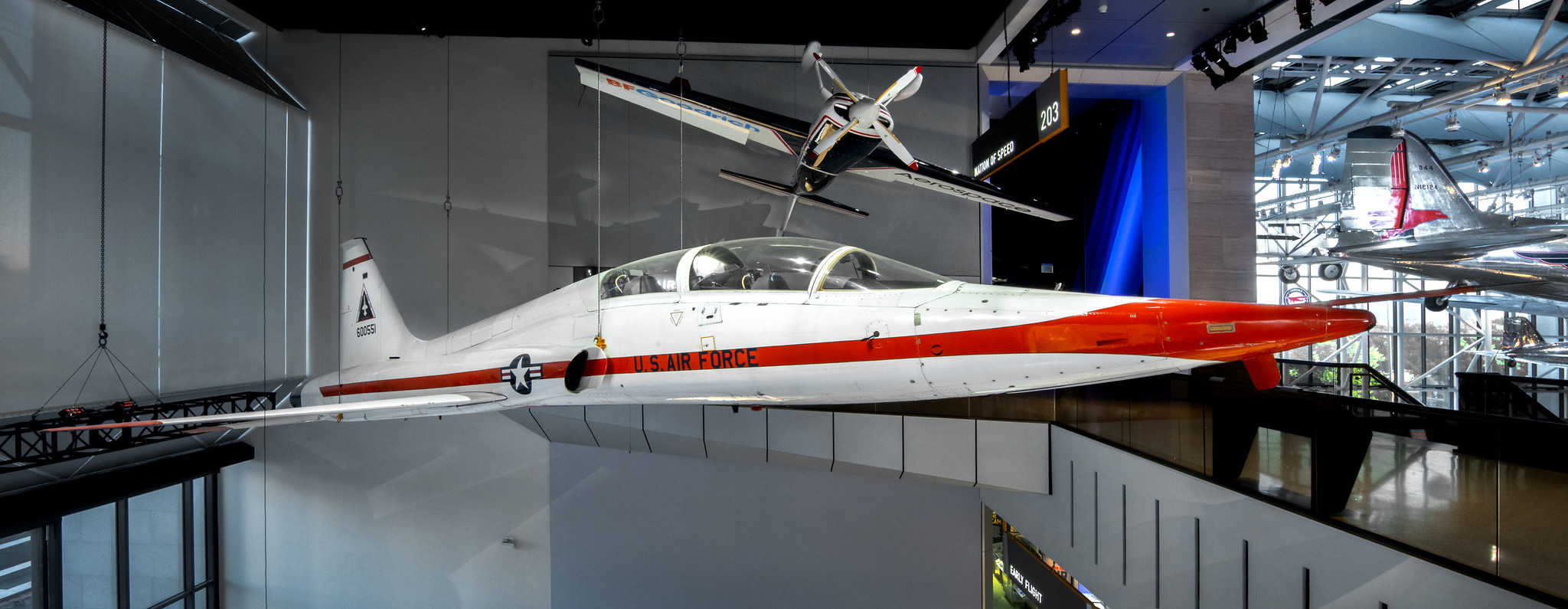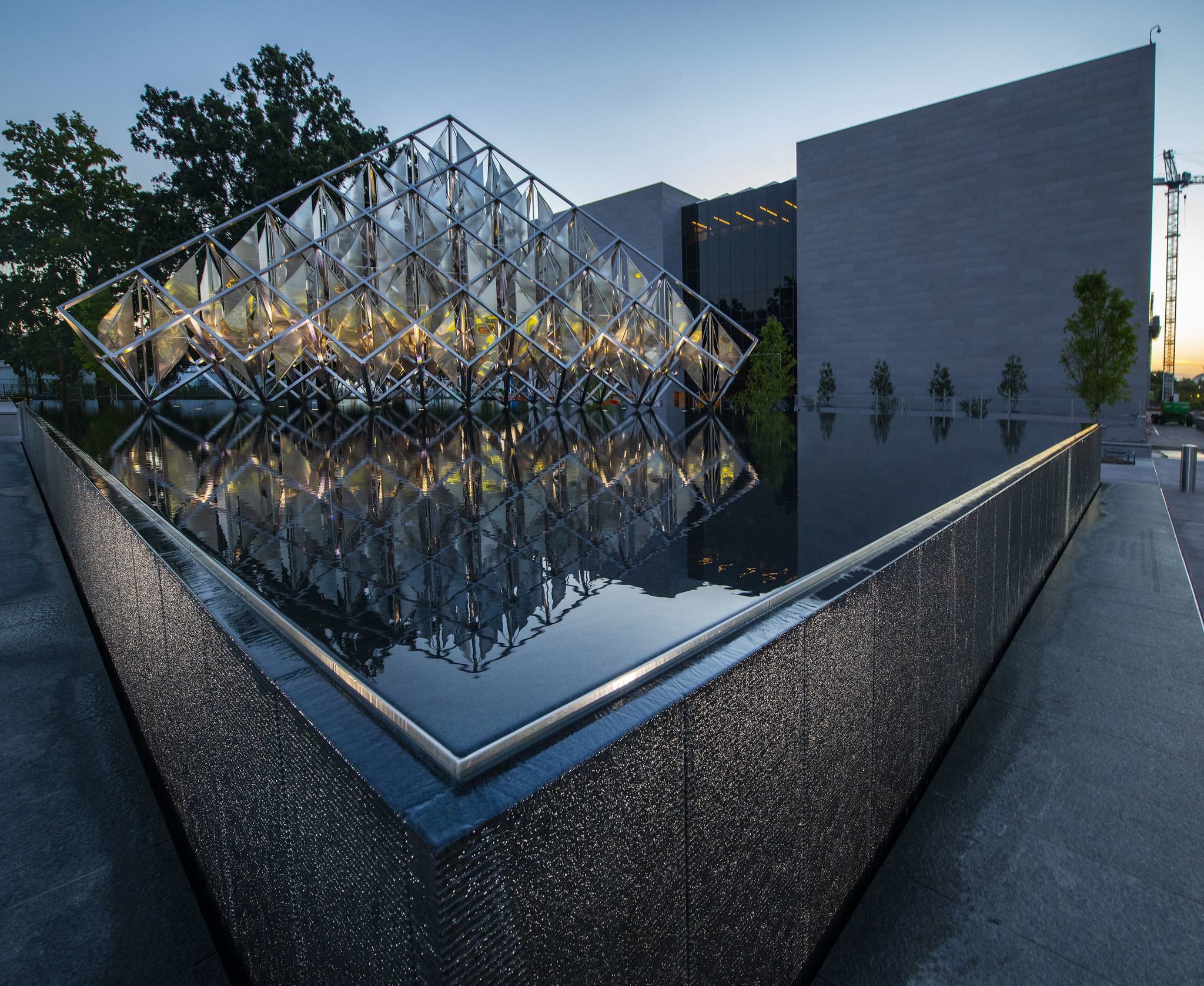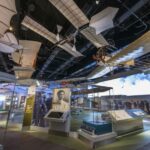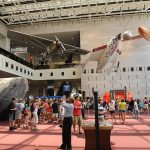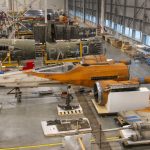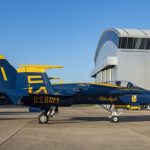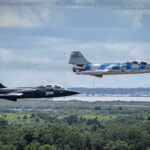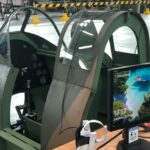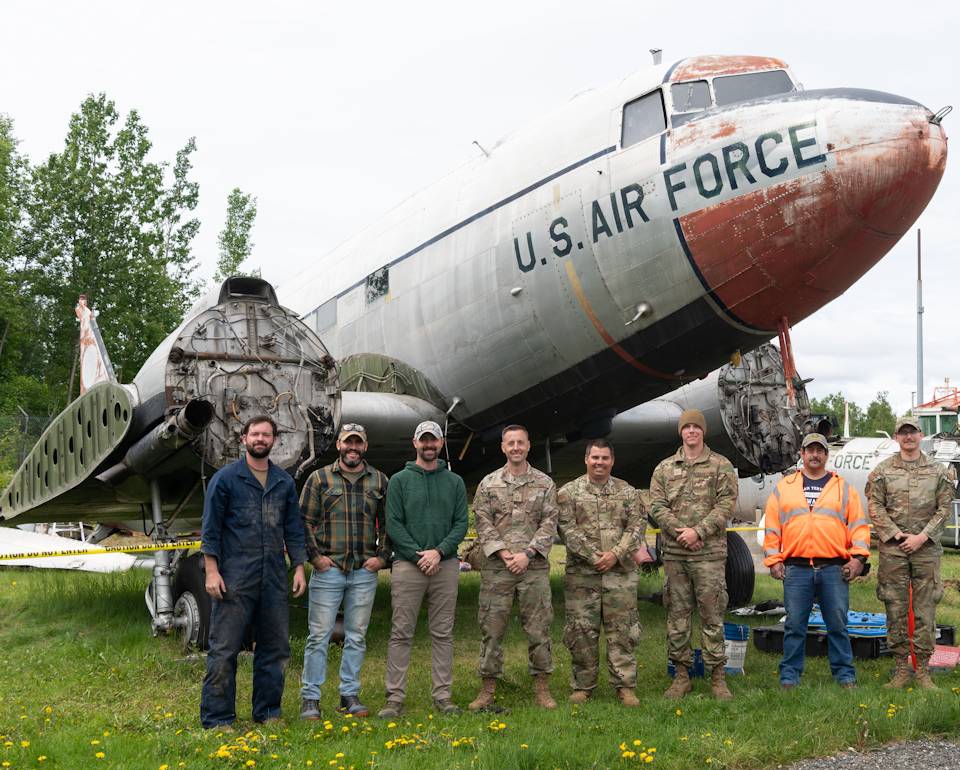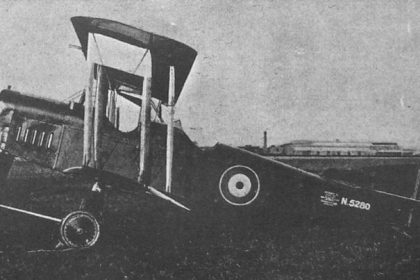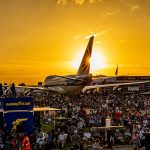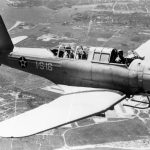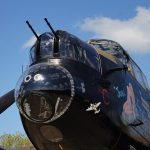PRESS RELEASE
The Smithsonian’s National Air and Space Museum reopens Friday, Oct. 14, with eight new and renovated galleries in the west wing of its building in Washington, D.C. The planetarium and museum store will also reopen, along with the new Mars Café. The east wing of the museum will remain closed while it is renovated. Free timed-entry passes are required to visit the west wing and can be reserved on the museum’s website.
“We are thrilled to finally unveil the first part of the newly renovated museum,” said Chris Browne, the John and Adrienne Mars Director of the museum. “Visitors will have a more modern and engaging experience, visiting favorite icons as well as many new artifacts never before seen at the museum in D.C. We hope each visitor will see themselves in these exhibitions and that young people will be inspired by all that is possible in aviation and space exploration.”
Exhibitions Opening Oct. 14:
- “America by Air“
- “Destination Moon“
- “Early Flight“
- “Kenneth C. Griffin Exploring the Planets Gallery“
- “Nation of Speed“
- “One World Connected“
- “Thomas W. Haas We All Fly“
- “Wright Brothers & the Invention of the Aerial Age“
The exhibitions will use creative and dynamic techniques to engage visitors while they are at the museum and after they leave. Instead of simply presenting information to visitors, the exhibitions will provide ways of engaging people through nearly 100 interactive and digital experiences. Some highlights include a tour of the solar system to learn what it would be like to walk on another world through an immersive, interactive experience in the “Kenneth C. Griffin Exploring the Planets Gallery,” and in “One World Connected,” visitors can look through a mockup of the cupola from the International Space Station (ISS) to experience the kind of view astronauts on the ISS have of the Earth. A variety of techniques and tools have also been implemented in the new galleries to make the interactives accessible to visitors with vision, hearing and mobility disabilities.
The renovated museum will feature hundreds of new artifacts to the building such as the WR-3 air racer built by Neal Loving, the first African American certified to race airplanes; a T-38 flown by Jackie Cochran, the first woman to break the sound barrier; and Sean Tucker’s custom-built aerobatic biplane, the Aviation Specialties Unlimited Challenger III. Also displayed for the first time is the full-sized X-Wing Starfighter that appeared in Star Wars: The Rise of Skywalker, on loan from Lucasfilm, and a pair of prosthetic ear tips made for Leonard Nimoy to portray Mr. Spock in the original Star Trek series.
Neil Armstrong’s Apollo 11 spacesuit on display near the Apollo 11 command module “Columbia” in the “Destination Moon” exhibition at the Smithsonian’s National Air and Space Museum in Washington, DC. Credit: Smithsonian’s National Air and Space Museum/Mark Avino
Visitors will see favorite artifacts presented in new settings. In the same gallery as the Apollo 11 command module, Alan Shepard’s Mercury spacesuit and the capsule he flew, Mercury Freedom 7, will be on display in Washington for the first time since 2015. The original 1903 Wright Flyer will be in a dynamic new environment that better tells the story of the invention of flying and its implication on world history.
The planetarium will offer significant upgrades to its technological capabilities and include new screencast abilities that will allow connection with planetariums around the country and vastly expand the museum’s reach.
The Mars Café, a new offering to the museum, will have coffee and a full espresso bar, as well as seasonally inspired sandwiches, salads and pastries. The café will be located on the lower level of the museum and open daily from 11 a.m. to 5 p.m.
Patty Wagstaff’s Extra 260 hangs above the Northrop T-38 Talon at the Smithsonian’s National Air and Space Museum in Washington, DC. Credit: Smithsonian’s National Air and Space Museum/Jim Preston
The museum has been undergoing a seven-year renovation that began in 2018 and includes redesigning all 23 exhibitions and presentation spaces, complete refacing of the exterior cladding, replacement of outdated mechanical systems and other repairs and improvements. The entire project is expected to be complete in 2025. Visit the museum’s website for more information on the renovation.
The National Air and Space Museum in Washington, D.C., is located at Sixth Street and Independence Avenue S.W. and will be open daily from 10 a.m. to 5:30 p.m. The museum’s Steven F. Udvar-Hazy Center is located in Chantilly, Virginia, near Washington Dulles International Airport. The Udvar-Hazy Center is open daily from 10 a.m. until 5:30 p.m. (closed Dec. 25). Admission is free, but there is a $15 fee for parking at the Udvar-Hazy Center.







